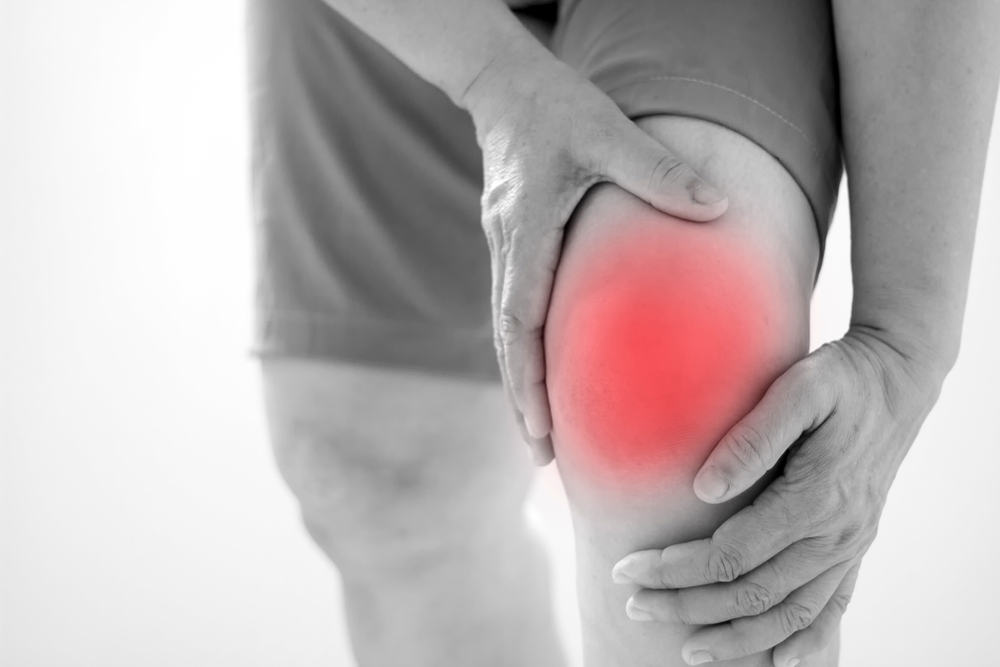Top Stories

Protein Microcrystals Could Offer a Better Way to Treat Osteoarthritis
Osteoarthritis is a common disease which affects around 1 in 3 people over the age of 45. The condition causes damage to the cartilage layer which cover the ends of bones. When severe, joint movement is restricted and becomes so painful that replacement of the joint, for example a hip or knee, can be required.Surgeons and scientists at Cambridge University and Cell Guidance Systems Ltd are now working together to repair damaged cartilage at an earlier stage, using a unique growth factor microcrystal technology. Growth factors are proteins that can promote repair of damaged tissue. Although synthetic growth factors are often used therapeutically, they have not been effective for cartilage repair because they quickly degrade in the patient's body before they have a chance to work.
To address this significant limitation, the two groups are using a patented technology that encases growth factors in a protective protein microcrystal lattice. With this "armor" layer, growth factors survive in the body much longer, allowing them more time to do their work.
Rather than a few days, a single injection of PODS growth factors can produce a sustained therapeutic effect over several months, which may enable successful cartilage repair. The two teams of researchers are now testing the PODS growth factors in models of osteoarthritis, prior to performing clinical trials. This work is being funded partly by a grant from InnovateUK.
About Cell Guidance Systems
Cell Guidance Systems is a biotechnology company based in Cambridge, UK that is leading the way in the development of technologies for cell based research and regenerative medicine. The company collaborates extensively with academics and clinicians at universities and hospitals in the UK and abroad.
The above work is being performed in collaboration with Professor Andrew McCaskie and Dr Frances Henson, The Division of Trauma and Orthopaedic Surgery, Department of Surgery.



Comments